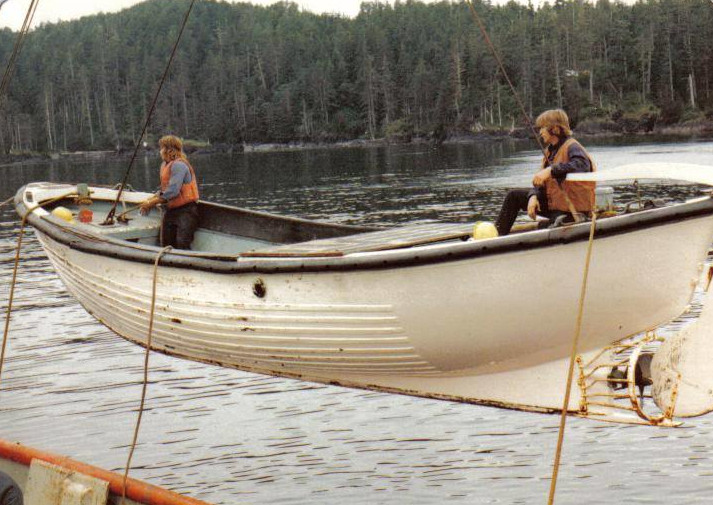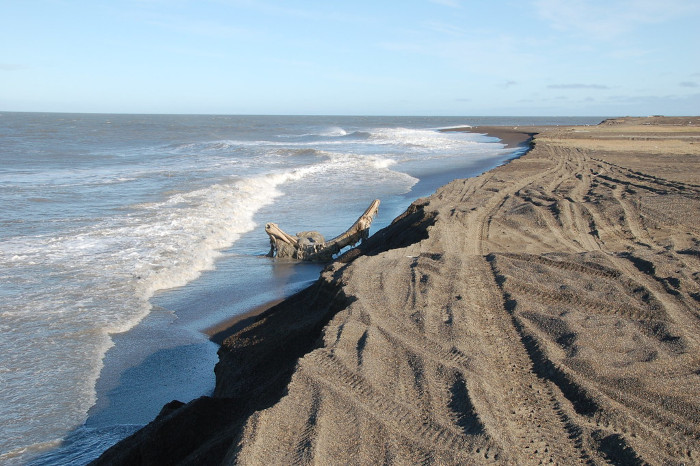
By Alexander Cunliffe
I was born in 1956 in a small coal mining town on Cape Breton Island, Nova Scotia, Canada.
In those days, the local population almost exclusively used coal as a source for heating and cooking. Without being conscious of it at the time, industrial Cape Breton was to become one of North America’s worst environmental disasters of its time, until the steel mill closed and the mines shut down in the space of only a few years.
Most people likely aren’t aware of this, but it was Cape Breton steel that provided the steel rails for the first trans-Canada rail system in the 1800s. What came later was another ecological disaster after the steel mill closed permanently: the Sydney Tar Ponds, which caused many health-related problems to those who lived in the surrounding area. Many homeowners sued the city after toxic goo leaked onto their basement floors and walls.
Cape Breton coal mines had the dubious distinction of proudly mining over 20 miles under the Atlantic Ocean in search of the ‘black gold’, until they were forced to abandon their efforts due to financial and environmental issues and the market for Sydney steel was dropping badly due to competition from Hamilton, Ontario. Many jobs were lost, but nobody seemed to know what to do about the tar ponds issue. It was resolved around the early 21st century by covering it up using gravel, rock and soil taken from other areas in the vicinity.
That being said, I think it pales in comparison to the mountaintop removal techniques used today. I’ve noticed in my lifetime the loss of biodiversity and natural resources that were plentiful in days gone by. For example, it was said that when the first white Europeans came to these shores, they could literally drop baskets into the waters of the Grand Banks and pull them up — filled with fish.
When I was growing up, there were no coyotes on Cape Breton Island, and a variety of other mammals were also not present; in particular, Wood Bison that were systematically slaughtered to make leather armour for European wars in the 16th and 17th century.[1] Many years later, the coyotes did indeed return in the form of a hybrid between wolf and coyote.[2] These were much larger and more dangerous than their predecessors. That is only a small microcosm of the actual numbers of land mammals, birds, and fish that were driven to extinction.[3] This was long before the present day, but worthy of note nonetheless.

Jumping ahead several years, I left the sacrifice zone of Cape Breton Island after finishing high school and, like so many, headed west. After a brief time in Toronto, I made my way to Vancouver Island where fortune found me working for the Canadian Coast Guard, a lifelong dream of mine. I worked on a buoy, tender lighthouse, supply and navigational aids ship. We worked the entire west coast: Vancouver Island, the inside passage, Johnstone Strait, Georgia Strait, the Gulf Islands, Haida Gwaii and all the way up to the Alaska border.
There used to be plenty of marine life, all of which are threatened now. I can recall one day, while sitting in the workboat, I saw through the binoculars what seemed to be a very large sea lion. But it didn’t move for over half an hour. So, I went ashore to see why and the animal had half of its head blown off from a shotgun blast. I later found out that this was common practice among fishermen who saw the sea lion as ‘competition’ and bothersome if they got caught in their gill nets or trawl nets.
Last year[4], I saw on the news that the heat dome over western British Columbia not only flooded out major highways from the rain, but the heat extremes caused the town of Lytton, British Columbia, Canada, to hit 50°C and then get burned to the ground the next day with a flash fire. What affected me more than this news was the mass extinction event in which billions of shellfish in the tidal pools, where I once walked, were literally baked in their shells.
The opportunity of a lifetime came when I had the fortune, after writing a letter to head office, to go to the Arctic on the annual summer trip aboard the Canadian Coast Guard (C.C.G.) Icebreaker - Camsell. I was introduced to a world so much different than the familiar urban life of southern Canada. Heading north, our icebreaker got stranded off Barrow, Alaska, in 20 feet of ice - for two weeks! We were stranded until the winds changed and the ice pack broke up. I found this fact to be important when I saw that two years ago, Barrow hit a record 90°F.

"Point Barrow Alaska, Northernmost point of the United States. The object on the beach is a Bowhead whale jawbone" by uscgpress is licensed under CC BY 2.0
A number of events occurred in such a short time-frame that it boggles the mind. Another ‘first’ was that the first cruise ship to go through the Northwest passage was making its way eastward and needed assistance from us. It was named the ‘Lindblad Explorer’ – the start of ecotourism. We met up with her at the Boothia Peninsula at the western edge of Hudson Bay. It was escorted to that point by the CCGS Louis S. Saint Laurent, which covered the Eastern Arctic region. It was the first to sail from Halifax to Vancouver via the Northwest passage.

Popular Northwest Passage routes, NASA, Public Domain
In those days, virtually all supplies and transport depended on having an icebreaker to lead convoys of ships and barges to supply the remote communities all around the Arctic. Unfortunately, I no longer have all the photos that I took on that trip. I heard a few years back, on the CBC News that the Lindblad Explorer sank on a cruise to Antarctica. I think they were trying to open up an industry on shaky grounds at best. Still, mankind is constantly extracting and commodifying everything where there is a buck to be made.
In summary, I don’t think that my experience is extraordinary, but is simply one more story about abrupt climate change happening all over the world. But to see these changes up close and personal – I struggle to get my head around the inaction by politicians bereft of a backbone, the lack of empathy for future generations, and the greed that drives our economic system failure. Our governments are actually democratic in name only. Our representatives are paid for and owned by large corporations and the momentum of the forces that we have to slow down rapidly is truly frightening.
I think our only hope is to spread awareness and press our governments into keeping, and even doing better than, the pledges they made in the Paris Agreement. A daunting task for sure, but we have no other choice except to sit back and accept the inevitable, which spells doom for us all. I, for one, choose the former option.
